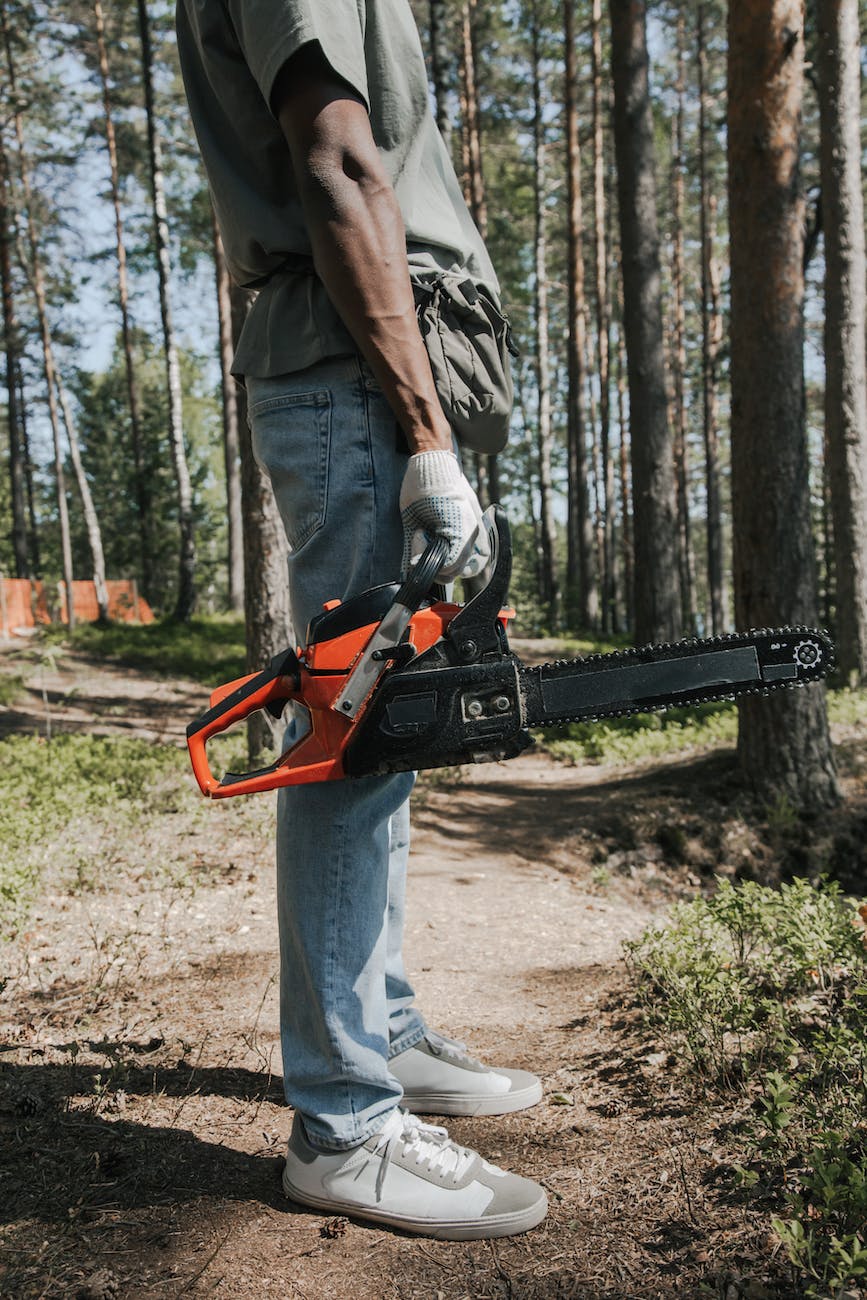
Chainsaw
The chainsaw, a powerful and versatile tool that has become synonymous with forestry and woodworking, has a fascinating history that traces back to its humble origins. In this article, we delve into the inventive journey of the chainsaw, exploring its evolution from a simple and crude tool to the sophisticated and powerful machinery we know today.
The Birth of the Chainsaw
If you’re going to ask why the chainsaw was invented, you might find the answer surprising. The origins of the chainsaw can be traced back to the late 18th century, where it emerged as a hand-cranked tool designed for the purpose of assisting in childbirth.
Inventors sought ways to ease the process of bone-cutting during medical procedures, leading to the creation of a prototype chainsaw. This early version, however, was far from the efficient and specialized tool we recognize today.
The Evolution of the Chainsaw
As the 19th century progressed, the chainsaw underwent several transformations. In the 1830s, German orthopedic surgeon Bernhard Heine introduced a more refined chainsaw for medical use. This early chainsaw featured a cutting chain with serrated links, operated by turning a hand-crank. Despite its medical applications, the chainsaw was still a far cry from the powerful and portable machines we see in the modern era.
It wasn’t until the early 20th century that the chainsaw underwent a pivotal transformation. Innovators began to recognize its potential beyond medical applications, envisioning a tool that could revolutionize the forestry and woodworking industries.
The Technological Revolution
As the mid-20th century unfolded, chainsaw technology experienced a revolution. Electric chainsaws joined the market, offering a quieter and more environmentally friendly alternative to their gasoline counterparts. These electric models became popular for residential use, catering to homeowners and hobbyists looking to tackle smaller projects without the noise and emissions associated with traditional chainsaws.
Simultaneously, advancements in design and engineering led to the development of specialized chainsaws for different purposes. Arborists, for example, benefited from compact and lightweight chainsaws designed specifically for tree pruning. These specialized models allowed professionals to navigate branches with precision, minimizing damage to surrounding foliage.
Environmental Concerns and Innovation
In the latter part of the 20th century, growing environmental awareness prompted changes in chainsaw design and manufacturing. Manufacturers began implementing features to reduce emissions and improve fuel efficiency. Additionally, the introduction of low-kickback chains and safety features aimed to make chainsaws safer for users.
Battery-powered chainsaws emerged as a significant innovation in the 21st century, addressing concerns about noise and pollution. These cordless models, powered by lithium-ion batteries, provided users with mobility and ease of use without sacrificing power. The advent of battery technology allowed chainsaw users to operate in noise-sensitive environments and contributed to the tool’s broader appeal.
Chainsaws in the DIY Culture
With the rise of the do-it-yourself (DIY) culture, chainsaws became a staple tool for homeowners and hobbyists. Whether for cutting firewood, constructing outdoor projects, or maintaining landscapes, chainsaws became an essential part of the toolkit for those seeking to take on projects independently. Online tutorials and community forums further fueled the DIY movement, empowering individuals to learn and master chainsaw skills.
Looking to the Future
As we look to the future, the chainsaw’s evolution seems poised to continue. Advancements in battery technology, artificial intelligence, and robotics may lead to even more efficient and autonomous chainsaw models. Smart technologies could enhance safety features, providing real-time feedback to users and preventing accidents. Additionally, sustainability and eco-friendly considerations may drive further innovations in materials and energy sources for chainsaws.
Conclusion
The chainsaw, once a simple hand-cranked tool for medical procedures, has transformed into a multifaceted and technologically advanced instrument. Its journey from the operating room to the logging site and beyond reflects the relentless pursuit of efficiency, safety, and environmental responsibility. As chainsaws continue to adapt to the evolving needs of various industries and users, their story unfolds as a remarkable narrative of innovation and adaptation in the face of changing times.






